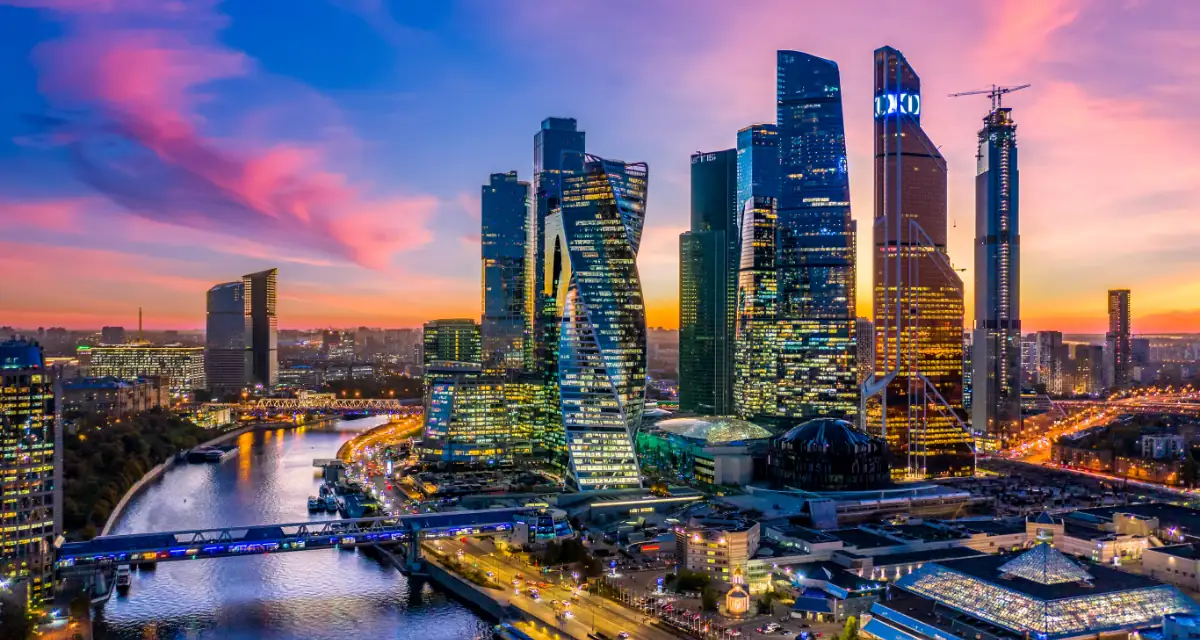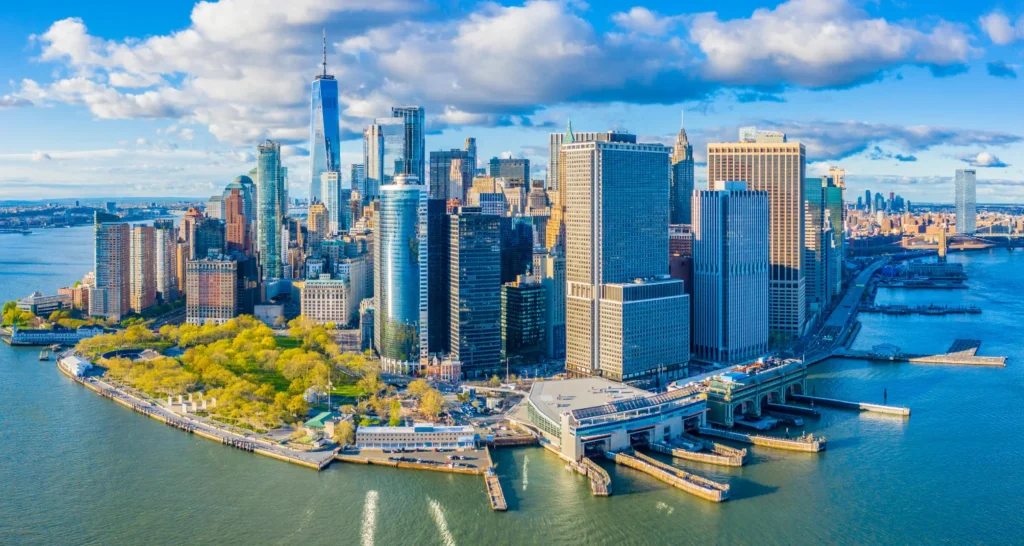According to some journalists, writing about Moscow today is not “kosher” enough. But Moscow is not to blame for Russia’s politics, the past or the present. It is the capital of the world’s largest country and has much to offer. That is one reason why it cannot complain about the lack of interest from foreign tourists, even though in the last year and a half, tourism has been hit by many of the restrictions imposed by the pandemic.

When the first tourists arrived in Moscow in the 1960s, some referred to the capital of the former Soviet Union somewhat disrespectfully as ‘Bolshaya derevnya’ (big village). But, of course, they were not referring to the valuable historical monuments in the city center, which were well preserved even then and are even better restored today. Four complexes such as the Kremlin and the Monastery are UNESCO World Heritage Sites.
The city itself, however, has changed significantly since the days of stagnation – if some 25 years ago it was only twice the size of Prague, albeit with a population of almost ten million, today Moscow, with an area of 2,500 square kilometers and its population officially stands at 13 million.
Bad tongues among Moscow citizens claim that not even the mayor of Moscow knows the real number. Many “gastarbeiters” are in the city illegally. The forthcoming census should help find out the real number of inhabitants.
National “pel-mel”
The number of native citizens is now a small percentage, and the majority are those who have gradually migrated from other parts of Russia. Many came from the former Soviet republics, especially Central Asia and Moldova. They all mostly work on construction sites, as drivers, and in the service sector. They help make Moscow what it is today – a modern megapolis.
The city’s inhabitants – the Moscow citizens (Moskvichi in Russian) – spend their weekdays at work or around the house, but they like to visit the extensive parks here on weekends. One of the largest – Sokolniki, near the metro station of the same name. Those born earlier are said to like still to dance on the open stages today, as was the custom in the past.
The extensive forest park is called Izmajlovsky Park, located near the metro station of the same name. In 1980, four massive hotels were built here for the Olympics – Alfa, Beta, Vega (after the Russian alphabet), and Delta. Some time ago, another one was added – Gama. There are still memories of those who took turns to visit various sports competitions over several days as part of their trade union recreation during the Olympic Games.
Today, the Izmail Kremlin is nearby – replicas of Russian historical buildings, including a wooden church. However, the would-be historic “castle” or chateau itself, with its turrets ablaze with many colors, may strike some as not very tasteful – it’s a kind of Moscow Disneyland.
On days off, it’s also packed with locals, especially families with children. There are various museums to visit – like marzipan, weapons or even vodka. In addition, there is a large flea market where you can find really everything!
Metro and Lastochka
Public transport is a separate chapter of city life. The metro, which has fifteen lines, helps solve the problem in Moscow. The old stations from the 1930s are not very deep, but they do not have escalators, which is a problem for older passengers. The new ones are already quite modern and have the necessary equipment. The lack of toilets in the stations used to be a problem, but this is gradually being rectified.
In addition, a second outer ring line with modern Lastochka metro cars has recently been opened, as reported by the Moscow correspondent. The problem is the means of transport comply with sanitary measures. Although passengers are urged to wear masks, one does not have one on almost every second.
Apart from the historic center, Moscow is a somewhat disparate city. High-rise buildings, both residential and office, are rising before our eyes, but at times it feels like whoever wants to build what they want, and most importantly, wherever they want. Though maybe that’s just the impression of a short-term visitor.
In any case, according to the great plans of the best domestic and foreign architects, the so-called Moscow City business center with twenty skyscrapers has been built, some still under construction. In one of them, called The Eye, you can be taken up to the 85th floor for 1,500 rubles, where there is an observation deck at a height of 354 meters. At 95 stories, the Federation skyscraper is one of the tallest buildings in Europe. Numerous hundreds of employees work in high-rise buildings with understandable names even to foreigners, such as Imperija or Expocentre, or in Russian-English (Neva Towers), and perhaps thousands more work in restaurants and other services to ensure their comfort.
Today’s apartment buildings have several dozen floors, some replacing the so-called “Khrushchev houses” built in the 1960s by Communist leader Nikita Khrushchev. Then, in buildings of five stories, people lived in so-called communal apartments with shared facilities for several families. Yet, remarkably, many of their residents refuse out of nostalgia when this relic of the past is to be demolished, and the city offers them modern apartments as a free replacement.
Prices are favorable
Any visitor to a foreign city is, of course, interested in the shops and the selection of goods. Restaurants, cafes, bars, and other public catering establishments are plentiful. There are even more modern hotels – often foreign chains – than are needed in the current situation, so prices are reasonable. The choice of goods in each supermarket is astonishing – for example, the range of delicatessen fish or sausages and dairy products is incredibly wide.
It would probably be difficult for a local to get used to a long-term or permanent stay in such a megapolis. Nevertheless, the inhabitants of today’s Moscow live here with their joys and worries and generally like their city. Of course, like similar foreign metropolises, Moscow faces many problems, but it tries to solve them in the interests of its citizens and visitors alike.













